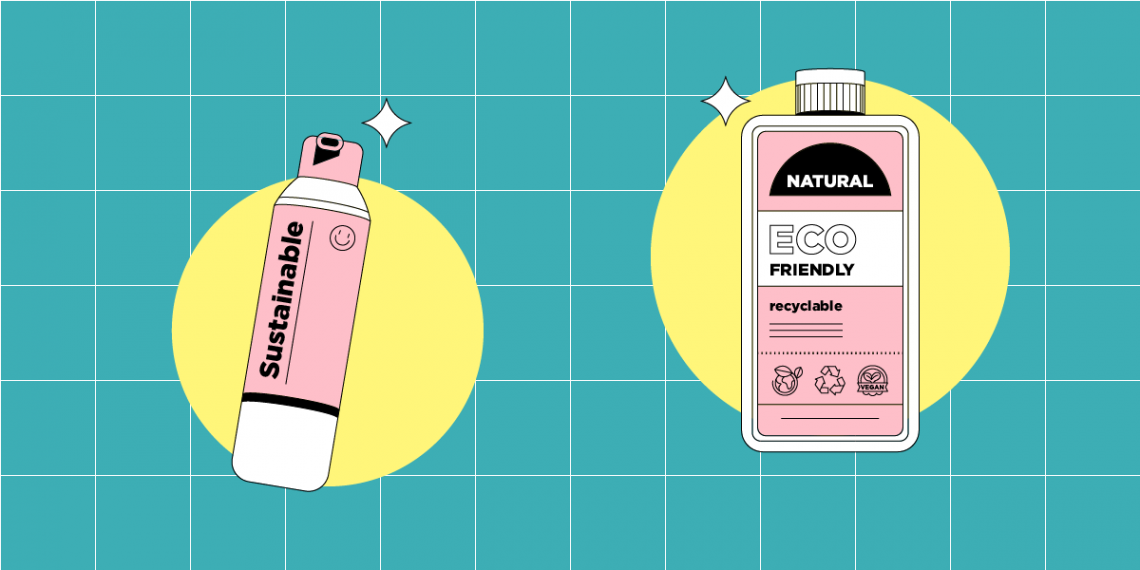The 2nd most consumed material in the world, right after water, is concrete. This widely used material we all grew so fond of is a big greenhouse gas generator. The production process of concrete is responsible for around 4-8% of the world’s CO₂ emissions, making it the 3rd biggest man-made source of CO2, right after energy and transportation. This calls for innovative solutions, and once again, nature is the source of inspiration.
Dr. Wil Srubar and his team at the University of Colorado, Boulder, came up with a fascinating idea and developed concrete produced out of living organisms. Their innovative technology might be able to put an end to the massive carbon footprint the building and construction industries are leaving, or at least reduce the negative effects. Their innovation, or as some like to call it “living concrete”, has the potential to revolutionize building, engineering and space tech, and create an eco-friendlier environment.
One of the key ingredients in their concrete mixture is cyanobacteria which capture energy through photosynthesis and absorb CO₂. These air purifying microbes are a great candidate for more sustainable and durable concrete. Under the right conditions, they can self-heal, self-assemble and grow all over again making them a perfect fit for building in remote areas and in space.
Alongside microbes, the mixture also includes sand and gelatin, which helps bacteria grow stronger and faster and adds structure. If you take one brick, cut it in half and place it into new molds, under the right temperature and humidity, and with the proper nutrients, cyanobacteria would grow into new bricks. The only downside is that if they are kept alive all the time, the brick is in a gooey state and hasn’t got the right properties for concrete. But once the mixture is dried out, the concrete is at its maximum structural capacity. The good news is that the team found a way to manipulate and control these bacteria, controlling humidity and temperature, and keeping them dormant when needed and then reviving them to do their magic.
Although still weaker than modern concrete, the new material has potential for further improvement. This innovative way of producing concrete can transform not only the building and construction industry, but many others as well. The combination of biology, chemistry and civil engineering opens new doors for innovative technologies and this “living concrete” is just one brilliant example.






